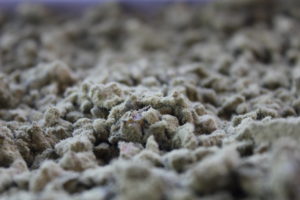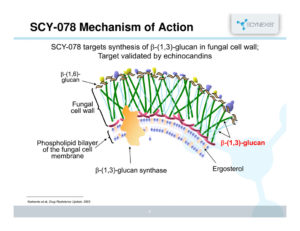Submitted by MeganB on 2 August 2018
The human defence against mould infections relies on the numerous and diverse activities of the innate immune system. Unfortunately, studying this in vitro proves very difficult due to the complex, filamentous nature of moulds. A recently developed technique uses FLuorescent Aspergillus REporter (FLARE) conidia to quantify the killing activity of innate immune cells against A. fumigatus conidia, by measuring the fading of cytosolic fluorescence proteins once they have been destroyed by the phagolysosome. In a more recent paper, Ruf et al. expand on this technique by combining the fading of fluorescence proteins with the changes in cellular architecture that occur as a result of granulocyte-induced cell death. In reference to the previous technique, they have entitled this approach Mitochondria and FLuorescence Aspergillus REporter (MitoFLARE).
Ruf et al. visualised fungal mitochondria using green fluorescent protein (GFP) so that live microscopy could reveal the disruption of the mitochondrial network in the fungal hyphae. The hyphae were then exposed to H₂O₂ or polymorphonuclear granulocytes. Using the GFP-mitochondria and live microscopy, the morphological changes to the mitochondrial network could be observed, as well as fading of the fluorescence in the hyphae. On exposure to increasing concentrations of H₂O₂ for 2 hours, the mitochondrial network was seen to fragment and cluster, before fading and completely losing fluorescence. When the hyphae were exposed to polymorphonuclear granulocytes the alterations to the mitochondrial morphology were very similar to those observed when the hyphae were exposed to fungicidal H₂O₂ concentrations; after 2 hours fluorescence was fading or completely gone in several hyphae and the mitochondria were fragmented in the majority of hyphae. The researchers also showed that both lipopolysaccharides and serum enhanced the granulocyte-induced mitochondrial fragmentation, whilst having no effect on A. fumigatus hyphal mitochondria morphology alone. In the case of serum this effect was very significant, increasing the killing efficacy by approximately 60%.

In comparison to the previous FLARE method, the MitoFLARE hyphae showed significant fragmentation of the mitochondrial morphology in dying hyphae within less than 2h of the addition of granulocytes. Significant fading of the GFP fluorescence was observed only in a small minority of the hyphae at this point. This suggests that MitoFLARE hyphae could report killing faster than FLARE hyphae. In short this new technique, combining the observation of mitochondrial fragmentation with fluorescence protein fading, may be a very useful tool in the future evaluation and characterisation of fungicidal effects against Aspergillus hyphae.
News archives
-
Title
Date

 ,
, 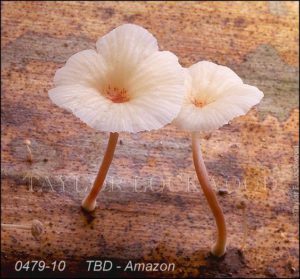 ,
, 

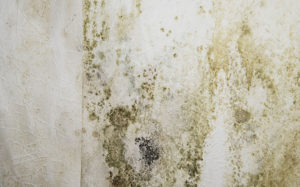

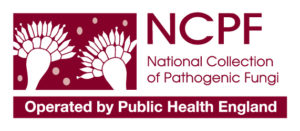 ,
, 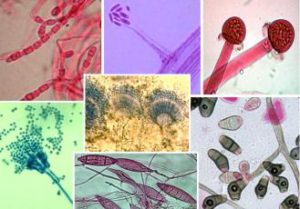 ,
, 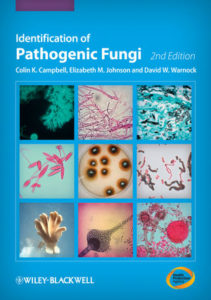

 ,
, 
